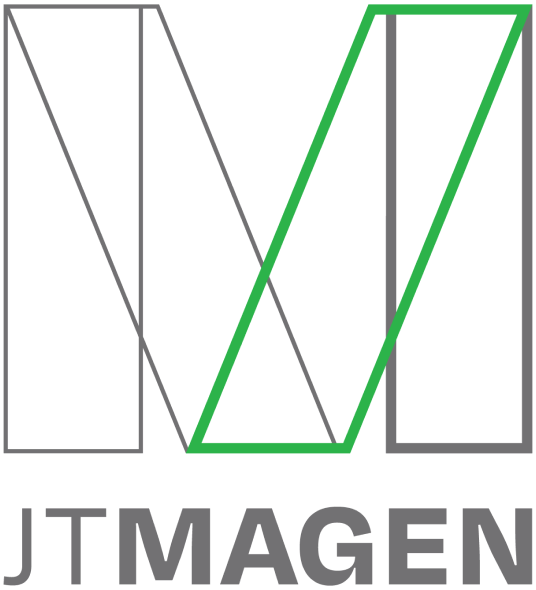The Windows 10 Operating System will reach end of life (EOL) on October 14, 2025. This milestone marks a significant turning point for businesses that have relied on Windows 10 for years as the backbone of their operations.
The countdown to the EOL date is a wake-up call for business owners and IT leaders to start preparing now. Failing to act early could lead to security vulnerabilities, compliance issues, and operational disruptions.
Let’s take a closer look at what the end of life for Windows 10 means, why it matters to your business, and how you can navigate the transition smoothly.
What Does "End of Life" for Windows 10 Mean?
When a product like Windows 10 reaches its end of life, it means that Microsoft will no longer provide security updates, bug fixes, or technical support for the operating system.
So, while it may still exist, and you can still use it, your business will be left exposed.
This leaves over two-thirds of enterprises that still use Windows 10 scrambling for a new solution.
Why Is This Important For Business Owners?
The end of Windows 10 support will have a ripple effect across all industries, especially for businesses that rely on secure and stable systems to handle sensitive information.
The consequences of not transitioning to Windows 11 could be severe.
Security Risks For Law Firms
Outdated operating systems are prime targets for cybercriminals. Without regular security updates, Windows 10 systems will become increasingly vulnerable to:
- Ransomware attacks
- Data breaches
- Phishing scams
For industries like law firms and healthcare, where client confidentiality is paramount, these cybersecurity gaps could lead to serious reputational and financial damage.
Software Compatibility Issues
As developers shift their focus to Windows 11, existing and future software will stop supporting Windows 10 integrations. This means that critical business applications will eventually stop working, and new software features will not be available. Crucial plugins and integrations for your processes will become unstable or unusable.
Compliance and Regulatory Issues
Many industries, including healthcare, finance, and law firms, require businesses to use software that is supported and secure.
Continuing to use Windows 10 after EOL will lead to loss of data protection certifications and increased legal exposure.
Plus, it could result in fines and penalties for failing to meet security and compliance standards.
Loss of Support
Without technical support from Microsoft, resolving system issues will become more complicated and expensive with no patches or security fixes.
Reduction In Productivity
An unsupported operating system will ultimately slow down your business since it tends to lag and crash more often. Additionally, the compatibility issues previously mentioned will interrupt workflows.
Unplanned downtime due to poor technology could affect customer satisfaction and revenue.
What Are Your Options?
Given the approaching Windows 10 EOL, businesses must evaluate their next steps to maintain security and efficiency.
Continue Using Windows 10
Technically, you can keep using Windows 10 after October 14, but it will be risky.
Continuing to use Windows 10 without updates increases the risk of security breaches, non-compliance penalties, and potential system failures. And once your company experiences a problem, your hand will be forced to quickly upgrade, creating its own set of issues, expenses, and worries.
Upgrade To Windows 11
Upgrading to Windows 11 is the most straightforward solution. The updated solution offers improved performance and speed, will be fully supported, and patched as necessary.
Buy New Hardware
If your current hardware is not compatible with Windows 11, investing in a new PC might be the best option. Newer devices will be optimized for Windows 11, ensuring better performance and long-term support.
Consider Cloud-Based Solutions
If you don’t want to buy a new PC, there is another option. Desktop as a Service (DaaS) allows businesses to run their Windows 11 desktops and applications from the cloud. This allows for greater flexibility for remote and hybrid workforces as well as centralized management and security for your entire business.
Benefits of Transitioning to Windows 11
Switching to Windows 11 is not just about avoiding risk, it’s an opportunity to improve your IT infrastructure and business operations.
1. Enhanced Security
Cybersecurity threats have grown more sophisticated over the years. Windows 11 is built with security at its core, introducing a range of advanced security features that protect both user data and system integrity.
- Zero trust architecture
- Secure Boot and TPM 2.0
- Windows Hello
- Data loss prevention (DLP)
- Built-in ransomware protection
Your technology should be helping your employees remain secure, not hindering them.
2. Upgraded Features
Windows 11 introduces a range of new features designed to enhance user experience, collaboration, and productivity.
- Seamless integration with cloud services
- AI-powered features
- Direct integration with Microsoft Teams
- Redesigned start menu and taskbar
- Snap layouts and snap groups
These features are tailored to the modern, hybrid workplace, where seamless communication and multitasking are essential.
3. Performance Improvements
Windows 11 is designed to deliver better performance, faster load times, and a more intuitive user experience. This translates into increased productivity and reduced frustration for employees.
How to Prepare for the Transition
Preparing for the transition to Windows 11, or another solution, requires careful planning. Follow these steps to make the process go smoothly.
Evaluate Current Systems
Assess your existing infrastructure and check what hardware and software you are currently using. Then check if any devices are incompatible with Windows 11.
Consult With Your IT Team
Your IT team or Managed IT Service Provider can help you create a migration plan and identify potential challenges before they occur. An MSP will have guided other companies through the EOL of an operating system before and knows exactly how to proceed.
Test New Systems
If you're upgrading to Windows 11 or moving to DaaS, test the new systems in a controlled environment before rolling them out company-wide.
Train Your Staff
Provide training on any new features or workflows. Make sure employees understand how to use Windows 11 effectively.
Get Help With Transition to Windows 11 From Tabush Group
The end of Windows 10 support is fast approaching. By starting the transition process now, you can avoid last-minute scrambling and ensure your business remains secure, compliant, and productive.
Whether you choose to upgrade to Windows 11, buy new hardware, or move to the cloud, the key is to plan early and execute strategically.
Need help with the transition? Contact Tabush Group today and make sure your business is ready for the future with a managed IT service provider on your side.








